RadioRage is a potentially unwanted application developed by Mindspark Inc. This browser add-on is compatible with Mozilla Firefox, Internet Explorer and Google Chrome and claims to enhance the Internet browsing experience by allowing users to listen to their favorite music via the installed toolbar.
RadioRage Toolbar is categorized as adware since it infiltrates computers and after successful installation, this browser extension redirects browsers to home.tb.ask.com. And changes your default search engine to myway.com.
While active on your computer RadioRage collects user information such as browsing data, website clicks, and sometimes even sensitive user information, that it later sells / forwards to its ad distributors.
Browser hijacking is regarded as the internet’s constant risk that targets web browsers. It’s a type of malicious software that modifies your internet browser’s settings so that you are redirected to websites or pages that you had no intention of checking out. They are made to interfere with browser programs for many different reasons. These are typically used to force visitors to a specific website, manipulating web traffic to generate ad revenue. Most people assume that the browser hijacker is just a harmless website but that is not the case. Nearly all browser hijackers pose an actual threat to your online safety and it is necessary to classify them under privacy dangers. In a much worst case, your browser can be hijacked to download malicious software that will do a great deal of damage to your PC.
The typical signs that signify having this malicious software on your computer are:
1. your web browser’s home page is suddenly different
2. you get re-directed to internet sites you never intended to visit
3. The default search page of the browser is modified
4. you see multiple toolbars on the web browser
5. you might notice many pop-up ads on your screen
6. web pages load slowly and sometimes incomplete
7. you cannot go to specific sites such as home pages of security software.
There are many ways your computer could become infected with a browser hijacker. They typically arrive by way of spam email, via file-sharing websites, or by a drive-by download. They may also be deployed through the installation of a web browser toolbar, add-on, or extension. Some internet browser hijackers spread in user’s computers by using a deceptive software distribution method known as “bundling” (often through freeware and shareware). Well-known examples of browser hijackers include Conduit, CoolWebSearch, Coupon Server, OneWebSearch, RocketTab, Searchult.com, Snap.do, and Delta Search.
Browser hijackers might record user keystrokes to collect potentially valuable information leading to privacy concerns, cause instability on systems, drastically disrupt the user experience, and finally slow down the computer to a point where it becomes unusable.
One thing you can try to eliminate a browser hijacker is to locate the malware within the “Add or Remove Programs” list of the Windows Control Panel. It might or might not be there. When it is, try to uninstall it. But, the majority of hijackers are really tenacious and require specialized tools to get rid of them. Inexperienced PC users should never attempt the manual form of removal, as it demands detailed system knowledge to carry out repairs on the computer registry and HOSTS file.
Every malware is detrimental and the effects of the damage will vary based on the specific kind of malware. Some malware is meant to restrict or prevent things that you wish to do on your computer system. It may well not permit you to download anything from the internet or it will prevent you from accessing a few or all websites, especially the anti-virus sites. So what should you do if malware keeps you from downloading or installing Anti-Malware? Refer to the instructions below to eliminate malware through alternate methods.
If the malware is set to run at Windows start-up, then booting in Safe Mode should avoid it. Only the bare minimum required applications and services are loaded when you boot your computer or laptop into Safe Mode. Listed below are the steps you need to follow to eliminate viruses in Safemode.
1) At power on, hit the F8 key before the Windows splash screen begins to load. This will bring up the Advanced Boot Options menu.
2) Select Safe Mode with Networking with arrow keys and press ENTER.
3) As soon as this mode loads, you will have an internet connection. Now, get the malware removal software you want by utilizing the browser. To install the application, follow the guidelines in the installation wizard.
4) As soon as the software is installed, allow the scan run to eliminate viruses and other threats automatically.
Certain viruses might target vulnerabilities of a particular browser that block the downloading process. When you suspect that your Internet Explorer happens to be hijacked by malware or otherwise compromised by online hackers, the ideal plan of action is to switch over to a different web browser such as Firefox, Chrome, or Safari to download your favorite computer security application – Safebytes Anti-Malware.
Another approach is to download and transfer an antivirus program from a clean PC to run a virus scan on the infected system. Follow these steps to employ a flash drive to fix your infected system.
1) Make use of another virus-free computer system to download Safebytes Anti-Malware.
2) Insert the pen drive onto the same computer.
3) Run the setup program by double-clicking the executable file of the downloaded software, with a .exe file format.
4) Select the USB flash drive as the destination for saving the file. Follow activation instructions.
5) Now, transfer the flash drive to the infected computer.
6) Double click the Safebytes Anti-malware icon on the pen drive to run the software.
7) Hit the “Scan” button to run a full computer scan and remove viruses automatically.
These days, anti-malware software can protect your laptop or computer from various forms of online threats. But wait, how to select the right one amongst several malware protection software that’s available in the market? Perhaps you might be aware, there are many anti-malware companies and tools for you to consider. Some are really worth your money, but many aren’t. When looking for anti-malware software, purchase one which gives solid, efficient, and complete protection against all known computer viruses and malware. One of the recommended software programs is SafeBytes AntiMalware. SafeBytes carries a really good reputation for top-quality service, and clients seem to be very happy with it.
SafeBytes anti-malware is a highly effective and user-friendly protection tool that is designed for end-users of all levels of computer literacy. This application could easily detect, remove, and protect your personal computer from the most advanced malware attacks including spyware, adware, trojan horses, ransomware, PUPs, worms, parasites as well as other possibly damaging software programs.
There are numerous amazing features you’ll get with this particular security product. Listed below are a few of the great ones:
Real-time Protection: SafeBytes gives you round-the-clock protection for your computer limiting malware intrusions in real-time. It’ll continuously monitor your laptop or computer for hacker activity and also gives end-users sophisticated firewall protection.
Antimalware Protection: Built upon a greatly acclaimed antivirus engine, this malware removal application is able to find and remove several obstinate malware threats such as browser hijackers, PUPs, and ransomware that other common anti-virus applications will miss.
Web protection: SafeBytes checks and gives a unique safety ranking to every site you visit and block access to webpages considered to be phishing sites, thus protecting you from identity theft, or known to contain malicious software.
Light-weight: This application is not “heavy” on the computer’s resources, so you’ll not find any performance problems when SafeBytes is working in the background.
24/7 On-line Tech Support: Support service is accessible 24 x 7 x 365 days via email and chats to answer your questions.
If you wish to manually remove RadioRage without the use of an automated tool, it may be possible to do so by removing the program from the Windows Add/Remove Programs menu, or in cases of browser extensions, going to the browsers AddOn/Extension manager and removing it. You will likely also want to reset your browser.
To ensure the complete removal, manually check your hard drive and registry for all of the following and remove or reset the values accordingly. Please note that this is for advanced users only and may be difficult, with incorrect file removal causing additional PC errors. In addition, some malware is capable of replicating or preventing deletion. Doing this in Safe Mode is advised.
Files:
C:Program FilesRadioRage_4jEIInstallr.binNP4jEISb.dl_
C:Program FilesRadioRage_4jEIInstallr.binNP4jEISb.dll
C:Program FilesRadioRage_4jEIInstallr.binjEIPlug.dl_
C:Program FilesRadioRage_4jEIInstallr.binjEIPlug.dll
C:Program FilesRadioRage_4jEIInstallr.binjEZSETP.dl_
C:Program FilesRadioRage_4jEIInstallr.binjEZSETP.dll
C:Program FilesRadioRage_4jEIInstallr.binjEZSETP.dll
C:Program FilesRadioRage_4jEIInstallr.binNP4jEISb.dl_
C:Program FilesRadioRage_4jEIInstallr.binNP4jEISb.dll
C:Program FilesRadioRage_4jEIInstallr.binjEIPlug.dl_
C:Program FilesRadioRage_4jEIInstallr.binjEIPlug.dll
C:Program FilesRadioRage_4jEIInstallr.binjEZSETP.dl_
C:PROGRA1RADIOR1Installr.binjEZSETP.dl_
C:Program FilesRadioRage_4jEIInstallr.binjEZSETP.dll
C:WINDOWSsystem32rundll32.exe
Registry:
Key HKLMSYSTEMCurrentControlSetServicesRadioRage_4jService
Key HKLMSYSTEMControlSet001ServicesRadioRage_4jService
Key HKLMSOFTWAREMozillaPlugins@RadioRage_4j.com/Plugin
Key HKLMSOFTWARERadioRage_4j
Key HKLMSOFTWAREMicrosoftWindowsCurrentVersionUninstallRadioRage_4jbar Uninstall Internet Explorer
Key HKLMSOFTWAREMicrosoftWindowsCurrentVersionUninstallRadioRage_4jbar Uninstall Firefox
Key HKLMSOFTWAREMicrosoftWindowsCurrentVersionExplorerBrowser Helper Objects5848763c-2668-44ca-adbe-2999a6ee2858
Key HKLMSOFTWAREMicrosoftWindowsCurrentVersionExplorerBrowser Helper Objects48909954-14fb-4971-a7b3-47e7af10b38a
Key HKLMSOFTWAREClassesRadioRage_4j.XMLSessionPlugin.1
Key HKLMSOFTWAREClassesRadioRage_4j.XMLSessionPlugin
Key HKLMSOFTWAREClassesRadioRage_4j.UrlAlertButton.1
Key HKLMSOFTWAREClassesRadioRage_4j.UrlAlertButton
Key HKLMSOFTWAREClassesRadioRage_4j.ToolbarProtector.1
Key HKLMSOFTWAREClassesRadioRage_4j.ToolbarProtector
Key HKLMSOFTWAREClassesRadioRage_4j.ThirdPartyInstaller.1
Key HKLMSOFTWAREClassesRadioRage_4j.ThirdPartyInstaller
Key HKLMSOFTWAREClassesRadioRage_4j.SkinLauncherSettings.1
Key HKLMSOFTWAREClassesRadioRage_4j.SkinLauncherSettings
Key HKLMSOFTWAREClassesRadioRage_4j.SkinLauncher.1
Key HKLMSOFTWAREClassesRadioRage_4j.SkinLauncher
Key HKLMSOFTWAREClassesRadioRage_4j.SettingsPlugin.1
Key HKLMSOFTWAREClassesRadioRage_4j.SettingsPlugin
Key HKLMSOFTWAREClassesRadioRage_4j.ScriptButton.1
Key HKLMSOFTWAREClassesRadioRage_4j.ScriptButton
Key HKLMSOFTWAREClassesRadioRage_4j.RadioSettings.1
Key HKLMSOFTWAREClassesRadioRage_4j.RadioSettings
Key HKLMSOFTWAREClassesRadioRage_4j.Radio.1
Key HKLMSOFTWAREClassesRadioRage_4j.Radio
Key HKLMSOFTWAREClassesRadioRage_4j.PseudoTransparentPlugin.1
Key HKLMSOFTWAREClassesRadioRage_4j.PseudoTransparentPlugin
Key HKLMSOFTWAREClassesRadioRage_4j.MultipleButton.1
Key HKLMSOFTWAREClassesRadioRage_4j.MultipleButton
Key HKLMSOFTWAREClassesRadioRage_4j.HTMLPanel.1
Key HKLMSOFTWAREClassesRadioRage_4j.HTMLMenu.1
Key HKLMSOFTWAREClassesRadioRage_4j.HTMLPanel
Key HKLMSOFTWAREClassesRadioRage_4j.HTMLMenu
Key HKLMSOFTWAREClassesRadioRage_4j.FeedManager
Key HKLMSOFTWAREClassesRadioRage_4j.FeedManager.1
Key HKLMSOFTWAREClassesRadioRage_4j.DynamicBarButton.1
Key HKLMSOFTWAREClassesRadioRage_4j.DynamicBarButton

In the last article, we have covered various advantages of Apple hardware over Windows PC, however, PC has their own strengths and advantages over MACs as well. Join us as we explore why would you choose Windows PC over MAC.
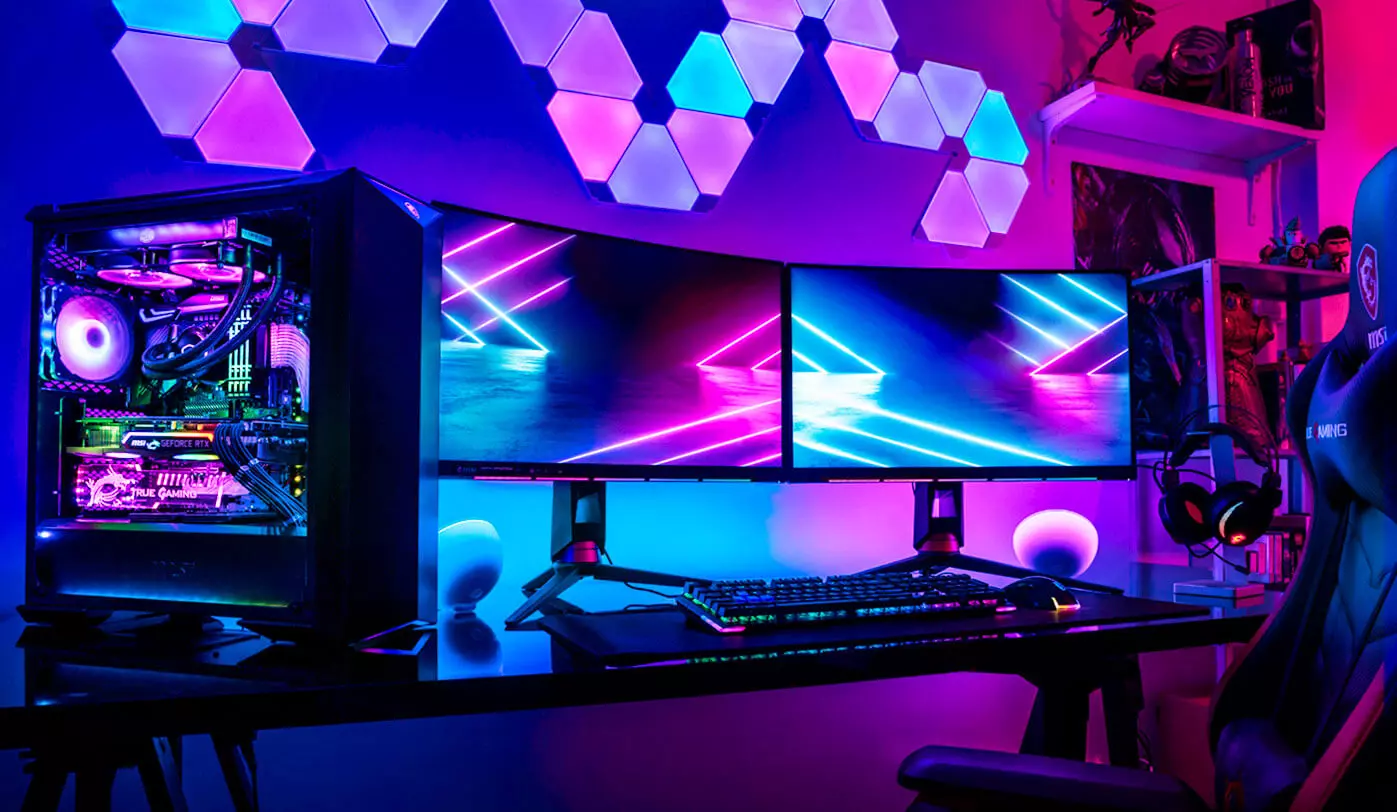
If you like to customize and build your own hardware and customize your existing computer then MACs are out of the picture, on other hand, computers based on Windows operating system are much more flexible in terms of customization.
While Apple hardware is locked and only allows small changes to it, computers running on Windows are free and open to various upgrades and modifications so if you like to play with hardware Windows is your platform.
There are games on MAC true but their numbers can not compare to games available for the Windows platform. On top of that, most latest and best gaming hardware is not even available on Apple platforms so if you plan to game in high resolutions and play the latest games there really is no option other than Windows.
Windows Platforms also has multiple emulators that you can use to play games from other older platforms and Microsoft since it owns Xbox has some great plans for both PC and Xbox gaming.
Since the introduction of the new MAC OS X, apple really lost a lot of application back compatibility, and a lot of old legacy software can not be run on modern Apple computers. Windows on the other hand have always tried and succeeded in keeping maximum compatibility with older and legacy software.
Also on the Windows platform, there is a lot of community support for old and legacy software so even if it is not officially supported it is backed up by the community.
In terms of where can you find the most different software, you need to look no further than the Windows platform. How Windows itself has great backward compatibility and a lot of developers are using it to create new software thanks to Visual Studio and .NET Windows has cemented itself as a platform with the most available software.
The popularity of Windows as the home operating system and as a gaming platform has made it quite interesting in eyes of various developers and tons of small applications are made daily for it. Windows 11 has also brought native android support to it and that has just expanded its already impressive catalog of applications.
Overall Windows PC is most appealing for users that like to be able to choose everything, from hardware components to software they would like to use. No other platform will give you larger freedom of choice and better personalization options.
Computer voice control has moved a long way from its beginning routes and in today's age controlling your PC with voice is truly a reality and fully possible. Voice control is taking up the steam in everyday life, from simple commands in cars, Alexa, smartphones, TVs, etc. to modern computers.
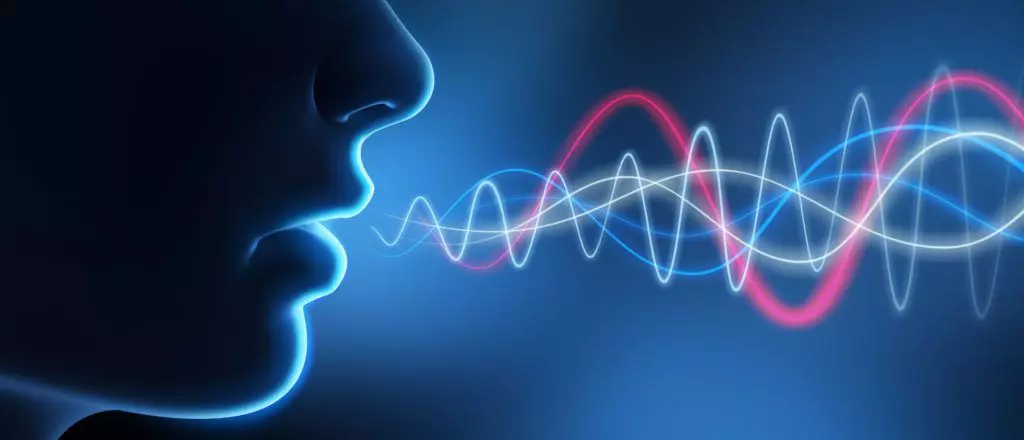
Windows 10 has introduced voice control into PC with Cortana even during the installation process but a lot has changed from having a virtual assistant in begging days and in today's modern Windows 11 OS. You can now freely open apps, move, copy delete files, and even dictate in order to create a word document.
However, in order to take this advantage, you will need to turn it off first since it is disabled by default. Of course, you will need a microphone and some spare time to train Windows in understanding you properly.
Just like in Windows 10, in Windows 11 voice control is also in accessibility options and the first step is to turn ON Windows Speech Recognition.
Click on the Start button and type Settings into the search bar, click on Open, or press ENTER. On the left side of the settings, window locate and click on Accessibility. On the right part once Accessibility is selected scroll down and find a section titled Interaction and click on Speech. Turn on the switch next to Windows Speech Recognition.
A pop-up will appear that will lead you through the rest of the setup and that's it.
In order to make your voice control better, if you are not satisfied with the results, you can sample more of your voice into the algorithm to tune it more to your liking. Sadly this option is still deep in Control Panel.
Click the Start button and type in Speech recognition into the search bar, look for the search result with Control Panel displayed under it, and click on Open. Click on Train Your Computer to Better Understand You and follow the instructions.
The process will probably take a few minutes. The more data you provide to the speech recognition model, the more accurate it will be when interpreting your instructions. You can train the model multiple times, and each time you do, it should improve the accuracy.
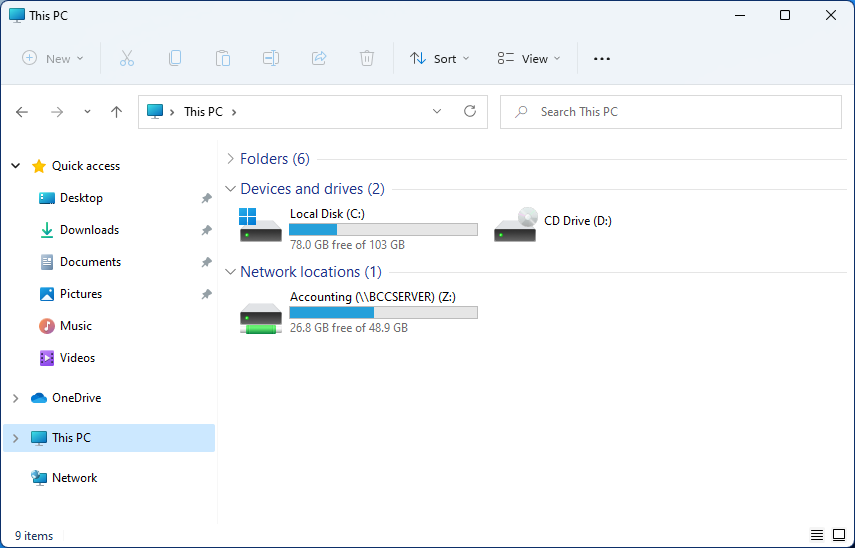 Mapping network drive has many benefits in terms of speed and ease of access of files via network. It lets you access the hard drive over the whole network like it was the hard drive inside your PC case. In order to easily and quickly map a folder as a network drive follow the guide below.
Mapping network drive has many benefits in terms of speed and ease of access of files via network. It lets you access the hard drive over the whole network like it was the hard drive inside your PC case. In order to easily and quickly map a folder as a network drive follow the guide below.
 Error Causes
Error Causes Error Causes
Error Causes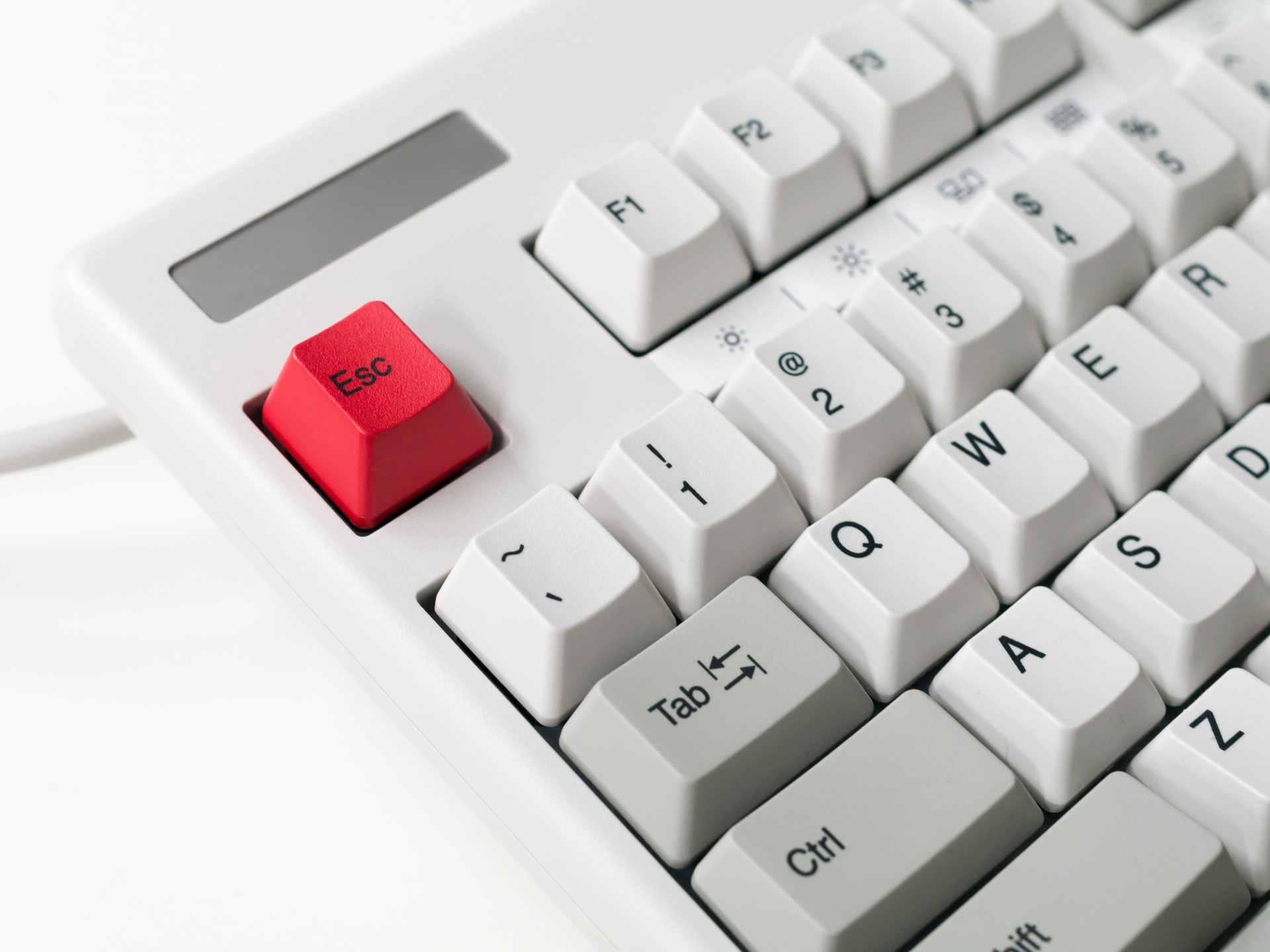 In order to make a keyboard shortcut for the desired folder know that it is available only when you have a shortcut of the desired folder, it cannot be done on the folder itself, only on its shortcut. Now folder shortcut does not need to reside on desktop, you can place it anywhere you like, but it must be a shortcut.
So the first step is of course to make a shortcut of the folder that you wish to have access via keyboard key combination and place it where you wish.
Once you have done this step, right-click on it and choose properties. Inside properties at the top click on the Shortcut tab and then inside Shortcut Key, press the key combination that you wish to associate with this folder. Confirm with OK and start using fast folder access with your desired key combination.
In order to make a keyboard shortcut for the desired folder know that it is available only when you have a shortcut of the desired folder, it cannot be done on the folder itself, only on its shortcut. Now folder shortcut does not need to reside on desktop, you can place it anywhere you like, but it must be a shortcut.
So the first step is of course to make a shortcut of the folder that you wish to have access via keyboard key combination and place it where you wish.
Once you have done this step, right-click on it and choose properties. Inside properties at the top click on the Shortcut tab and then inside Shortcut Key, press the key combination that you wish to associate with this folder. Confirm with OK and start using fast folder access with your desired key combination. DEL /F /A <file path with extension>Note: In the given command, “/F” is the force delete command, while “/A” is the command that selects the files with the ready for archiving attribute. Step 4: After that, go to the location where you can find the folder you want to delete by using the “cd” command again. And then execute the following command right after:
RD /S <folder path>Note: In the given command, “RD” is the command that removes the folder from the directory, while “/S” removes all of its sub-folders and files. On the other hand, if you also use the “/Q” parameter, you won’t see the “Y/N” confirmation but if you didn’t use it, then simply tap the Y button to proceed.
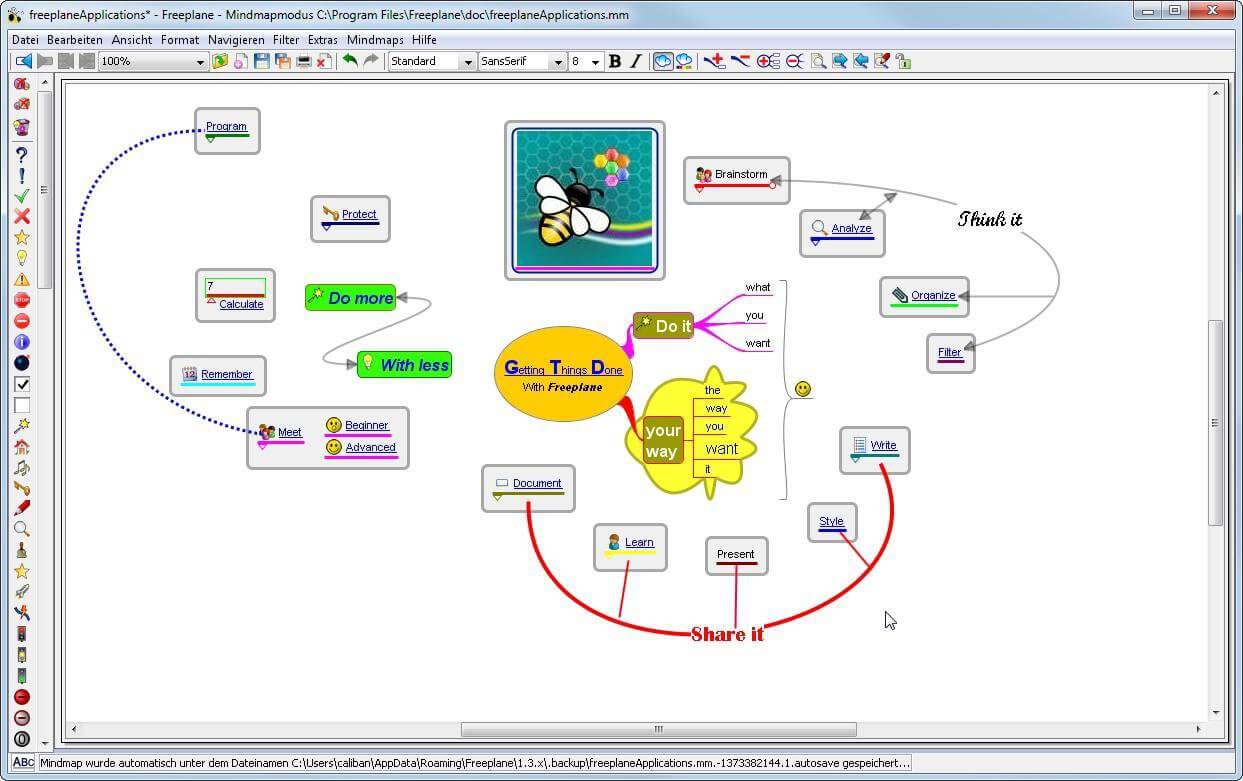 You can it here: https://sourceforge.net/projects/freeplane/files/latest/download
You can it here: https://sourceforge.net/projects/freeplane/files/latest/download